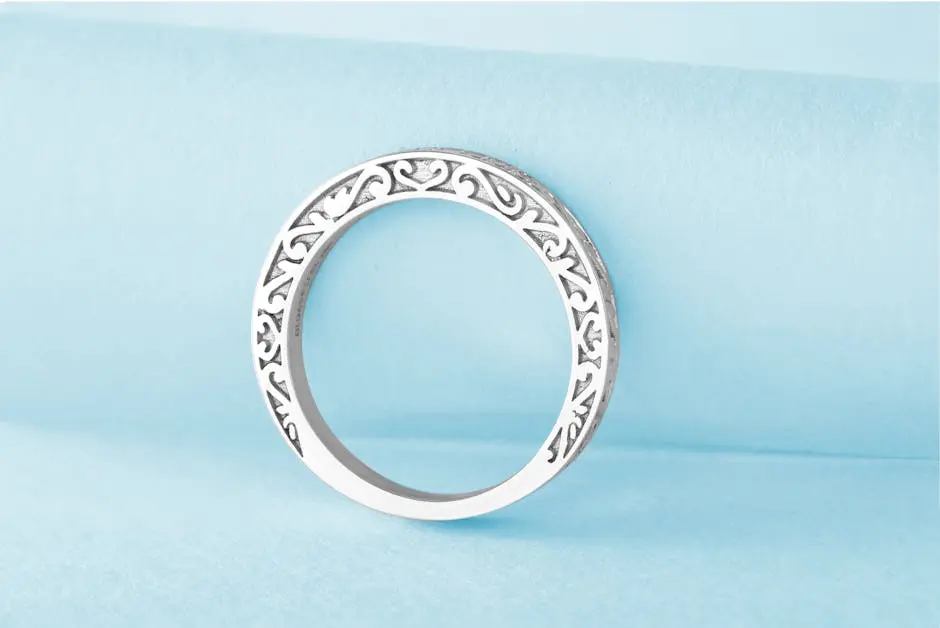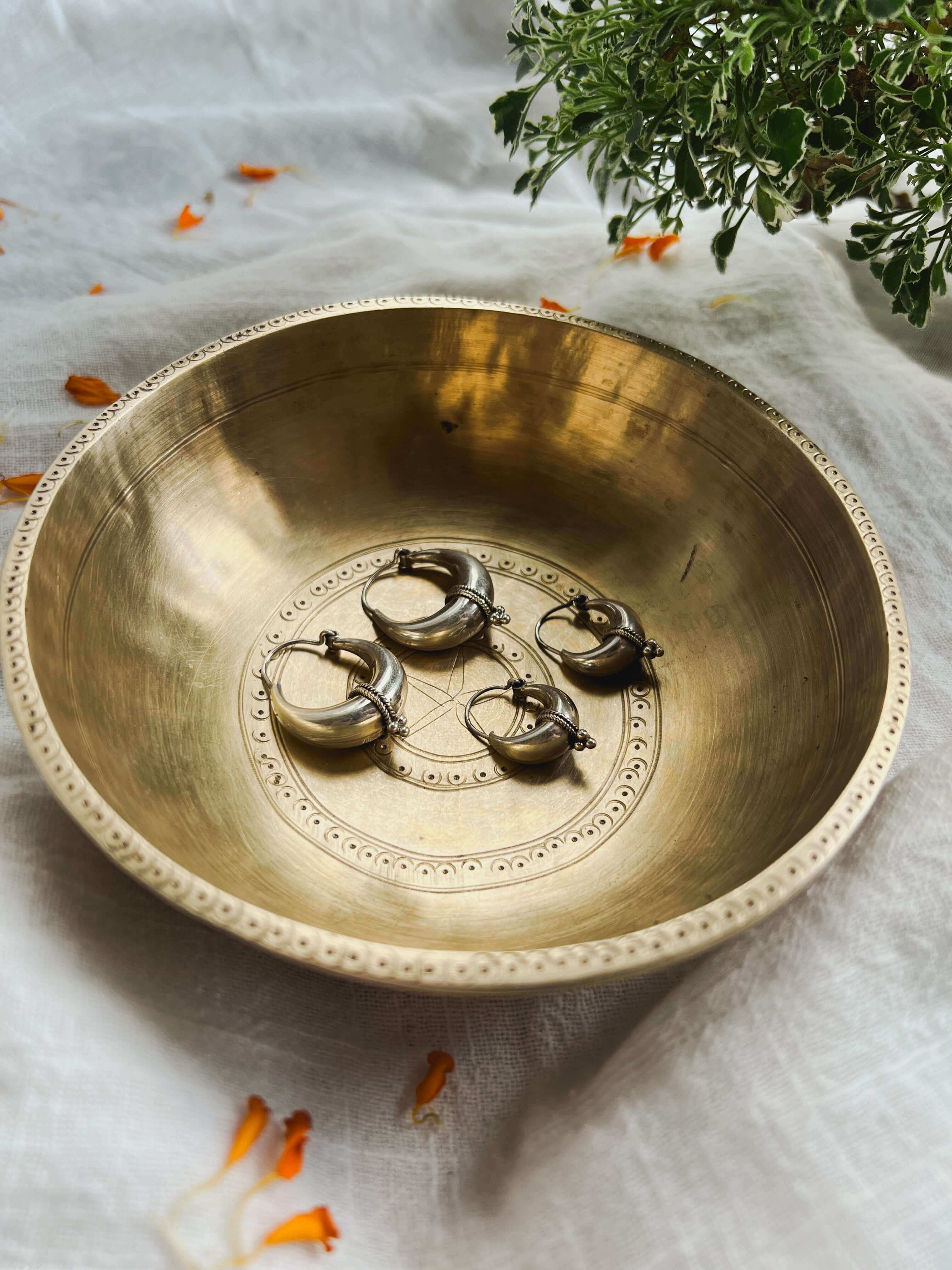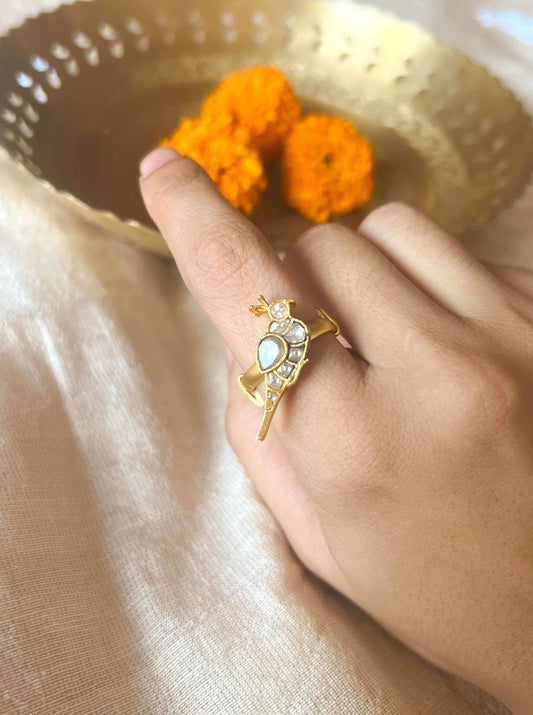Engraved silver pendants are more than just beautiful accessories; they carry deep cultural stories and personal meanings. In this blog, we will explore the fascinating narratives that are etched into these exquisite pieces of jewelry, diving into their historical significance, the symbolism behind various designs, and how they have evolved in different cultures. Join me on this journey to uncover the stories that turn simple silver into cherished heirlooms.
The Historical Significance of Silver Jewelry
Silver has been cherished throughout history for its beauty and rarity. In many cultures, silver jewelry, including engraved pendants, has served as a symbol of status, wealth, and artisanal craftsmanship.
Dating back to ancient civilizations, silver was often used in trade, reflecting the economic strength of communities. In Egypt, for instance, silver was integrated into burial practices, believed to provide protection and comfort in the afterlife. Similarly, in many indigenous cultures, silver pendants served as markers of identity and lineage, connecting individuals to their ancestors through intricate designs.
As we delve further into history, we see silver’s role evolve into that of a cherished gift. A silver pendant was not only an adornment but also a token of love—a promise etched in metal. Families passed down these pendants through generations, adding layers of meaning with each engraving. The careful process of engraving itself became an art form, shaping not just the pendants but the stories linked to them, as the artists would embed their skills and traditions into every piece.
Today, the historical significance of silver jewelry continues to resonate. People still seek out engraved pendants that speak to their personal stories and cultural roots, turning history into wearable art. This engagement with silver jewelry creates a bridge between past and present, reminding us that, even in the fast-paced modern world, the allure of history and tradition remains.
Symbolism in Engravings: What Do They Mean?
Engravings on silver pendants often hold deep meanings, from protective symbols to representations of love and unity. We will explore some common motifs and their significance across various cultures.
Consider the tree of life, a prevalent symbol found in many cultures, representing growth, strength, and interconnectedness. Engraved on a silver pendant, it not only serves as a beautiful design but also as a reminder of the bonds we share with our families and the world around us. Similarly, the infinity symbol carved into silver reflects everlasting love, a popular choice for couples seeking to express their commitment.
In contrast, some cultures use engravings to convey protection. The eye symbol, often viewed as a guardian against malevolent forces, can be prominently featured on pendants. Wearing such a pendant becomes a daily ritual of empowerment, as it connects the wearer to centuries of tradition and belief. These engravings transform simple jewelry into amulets, imbuing them with personal significance beyond their physical appearance.
In the realm of spirituality, many find solace in pendants engraved with sacred symbols. For instance, the lotus flower represents purity and enlightenment in various Eastern traditions. An engraved lotus pendant serves as a reminder of one’s spiritual journey, symbolizing the blossoming of the self amidst challenges. These motifs are not merely decorative; they serve as constant sources of inspiration and grounding for the wearer.
The world of engraved silver pendants is rich with symbolism that transcends borders. Each engraving is a narrative woven into the fabric of cultures, embodying beliefs and values that resonate deeply within the hearts of those who wear them.
Cultural Variations in Pendant Styles and Designs
Different cultures have unique approaches to designing engraved silver pendants. This section examines how various regions incorporate their heritage and beliefs into their pendant styles and crafting techniques.
For instance, Mexican artisans excel at creating vibrant silver pendants, often featuring intricate filigree and designs inspired by their rich mythology. Each piece tells a history, often borrowing from the symbols of ancient civilizations such as the Aztecs and Mayans. These pendants are not merely accessories; they are worn proudly as a celebration of cultural identity.
In contrast, Scandinavian designs lean towards minimalism, focusing on clean lines and geometric forms. This reflects the region’s appreciation for simplicity in beauty. Pendants featuring runes or Norse motifs embody stories of old, infusing the wearer’s style with a sense of history and mystique. Such pieces resonate deeply with those who cherish their ancestry.
Meanwhile, in India, engraved silver pendants are often adorned with elaborate designs that incorporate gemstones. These pendants tell tales of love, spirituality, and devotion, often linked to religious beliefs. They can act as protective talismans and are commonly gifted during significant life events, underscoring their importance in cultural rituals.
The beauty of engraved silver pendants lies in their diversity. They reflect the characteristics and values of the cultures they originate from, making each piece a unique expression of art. As we explore these designs further, it becomes clear that these pendants are not just adornments; they are stories waiting to be shared.
The Modern Revival of Engraved Silver Pendants
In the contemporary world, engraved silver pendants are experiencing a renaissance. We will discuss the resurgence of interest in personalized jewelry and how modern artisans are breathing new life into traditional designs.
Today, personalized jewelry has gained immense popularity as people seek to express their individuality. Engraved silver pendants allow for customization, letting wearers inscribe meaningful names, dates, or phrases. This personal touch transforms a simple piece of jewelry into something profoundly special, reflecting the wearer’s journey and memories.
Moreover, modern artisans are experimenting with techniques that fuse traditional craftsmanship with contemporary aesthetics. Many artists are embracing sustainable materials and methods, creating pendants that not only tell a story but also respect the planet. For example, combining recycled silver with innovative designs has become a hallmark of modern artistry, appealing to eco-conscious consumers.
Social media platforms have also played a significant role in the revival of engraved silver pendants. Small businesses and independent artisans share their unique creations online, connecting with a broader audience. This exposure facilitates an appreciation for handcrafted jewelry, highlighting the stories and artisans behind each piece. As online shopping becomes the norm, it encourages a deeper connection with the items we choose to wear.
This modern revival is not just a fleeting trend; it reflects a collective desire to connect with meaningful objects. Engraved silver pendants, with their rich histories and personal connections, find themselves at the forefront of a movement prioritizing individuality and storytelling in fashion. As the world evolves, these pendants remain timeless, forever etching their tales into the lives they touch.
Embracing the Stories Behind the Beauty
Engraved silver pendants are a celebration of culture, artistry, and personal expression. Each pendant tells a story, connecting the wearer to their heritage and loved ones. As we have seen, these beautiful pieces have transcended time and geography, evolving with the societies that embrace them. The next time you wear or gift an engraved silver pendant, remember the rich narratives it holds and the cultural significance it embodies.





